Locker Room Dimensions
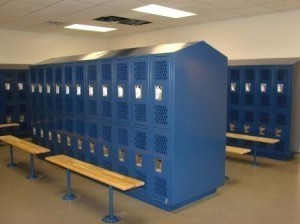 Strictly speaking, locker rooms, dressing rooms and changing rooms are the same thing. However, the term locker room is usually employed for changing room areas in sports venues.
Strictly speaking, locker rooms, dressing rooms and changing rooms are the same thing. However, the term locker room is usually employed for changing room areas in sports venues.
 Strictly speaking, locker rooms, dressing rooms and changing rooms are the same thing. However, the term locker room is usually employed for changing room areas in sports venues.
Strictly speaking, locker rooms, dressing rooms and changing rooms are the same thing. However, the term locker room is usually employed for changing room areas in sports venues. 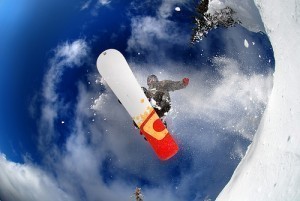
Snowboard sizes vary depending on a rider’s preference, type of activity, weight, and other factors. It really takes more than just looking cool on your board and what matches the rest of your gear. However, it all boils down to personal preference since the recommended sizes and lengths are not hard and fast rules.
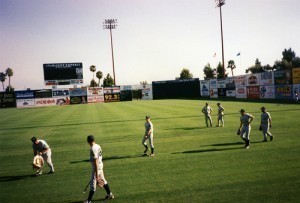
Baseball field dimensions for a high school are standardized in the US. In addition, there are rules to be followed during play. Some of the regulations focus on defense, and there are also regulations concerning pitching.
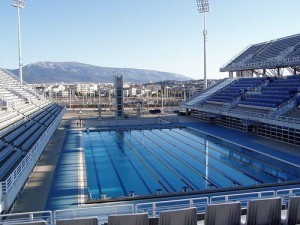
The swimming pools used in the Olympics are built according to very specific measurements. Everything, from the dimensions to the lanes to the temperatures are regulated. Delve into the Olympic pool size dimensions and how they compare with public and private pools.
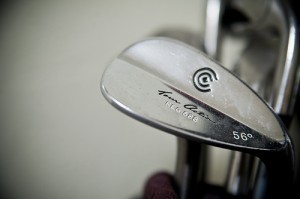
The sand wedge is one of the most vital pieces of equipment of a golfer. Before this equipment can be used, understanding its role and purpose will be necessary. Explore the different sand wedge sizes and how they are best used.
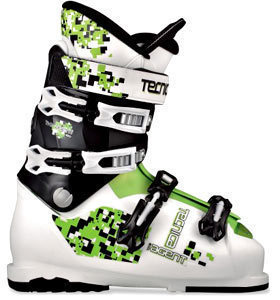
Ski boot sizes are usually measured using the Mondo Point sizing system, or in other words, measurements in centimeters. However, there are conversion charts that you can find online which can help you determine your actual size in other standard measurements.

Choosing the right downhill skis will require some careful thought. There are a lot of different factors that come into play when determining the right ski size. A skier’s skill level, weight, and preferred terrain among other factors are important things to consider.